-
When you click on links to various merchants on this site and make a purchase, this can result in this site earning a commission. Affiliate programs and affiliations include, but are not limited to, the eBay Partner Network.
-
Posts
2,764 -
Joined
-
Last visited
Content Type
Profiles
Forums
NGC Journals
Gallery
Events
Store
Downloads
Posts posted by Hard Times
-
-
very nice dada!
Best, HT
-
As I like them - some color other than gray or black, no major hits, just good ole honest wear, and from the New Orleans mint. And, bought on ebay.

Best, HT
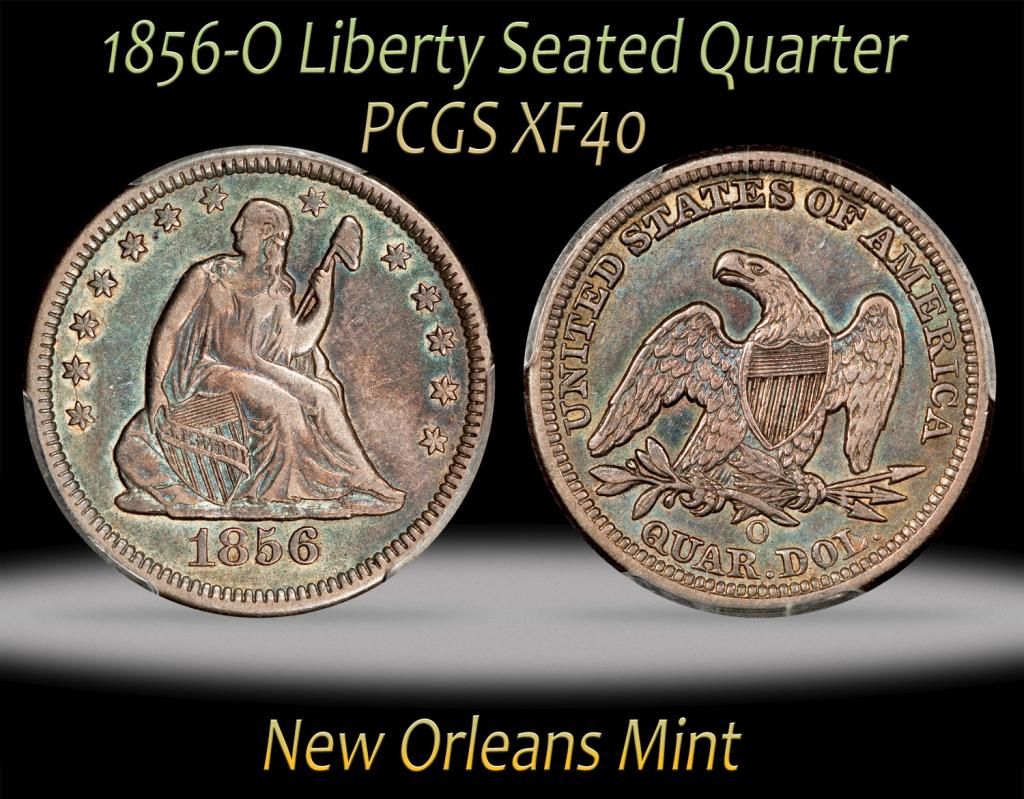
-
looks like the hunt for golden copper was a success! Nice 46 lincoln!
Best, HT
-

PCGS 55...actually a rather proof-like coin that you can't see in photo.
jom
jom this is looking every much what you expected it to be and worth every nickel, er, half dime. Congrats!
Best, HT
-
I like the 41-D the best out of those three, but all really nice Bob! And as usual, the images are stunning!
Best, HT
-
that Abe copper is a beauty buf! More R than RB
Best, HT
-
This one is of the 'specious' variety. R.C. Bell defines one subvariety of specious tokens as those that were stuck for collectors with fictitious buisnesses, names etc. They cost more than their face value to make, the goal was to seed these to collectors of the day with works of art as they built their token sets. Some made it to circulation. This one was allegedly for G Bennett of Rye in Sussex, a grocer. An earlier author thought it to be genuine but Bell believes it to be produced by Skidmore for direct sale to collectors.
Only 30 were minted, in 1796 - the obverse die broke pdq. How many are extant today? Probably less.
On the obverse is a pair of scales above a tea chest, on either side is a sugar loaf. The cypher for GB is in the center of the reverse. Interestingly, there is one in the Baldwin's action coming up, which has been sitting in their cabinet for over a half century with everything else they are auctioning.
You see 3 bright spots on the obverse which are reflections of the 3 lights used to image. This is because the fields are convex up like the Mint's new baseball coin. The reverse has flat fields and was imaged with identical lighting set up. I can't help wonder if the convex bulging to the center led to rapid die deterioration. Well with only 30 struck, it is not surprising that the strike is excellent. The fields on the obverse are also prooflike or at least very close to PL, while on the reverse look standard MS.
The Balwins's offering does not appear to be as nice as this one, but when less than 31 exist, does that matter?
Best, HT

-
Nice indians and lincolns folks. Here is another Conder token. This one is of the 'specious' variety. R.C. Bell defines one subvariety of specious tokens as those that were stuck for collectors with fictitious buisnesses, names etc. They cost more than their face value to make, the goal was to seed these to collectors of the day with works of art as they built their token sets. Some made it to circulation. This one was allegedly for G Bennett of Rye in Sussex, a grocer. An earlier author thought it to be genuine but Bell believes it to be produced by Skidmore for direct sale to collectors.
Only 30 were minted, in 1796 - the obverse die broke pdq. How many are extant today? Probably less. Cost for the MS66? <$1K. Value or what?

On the obverse is a pair of scales above a tea chest, on either side is a sugar loaf. The cypher for GB is in the center of the reverse. Interestingly, there is one in the Baldwin's action coming up, which has been sitting in their cabinet for over a half century with everything else they are auctioning.
You see 3 bright spots on the obverse which are reflections of the 3 lights used to image. This is because the fields are convex up like the Mint's new baseball coin. The reverse has flat fields and was imaged with identical lighting set up. I can't help wonder if the convex bulging to the center led to rapid die deterioration. Well with only 30 struck, it is not surprising that the strike is excellent. The fields on the obverse are also prooflike or at least very close to PL, while on the reverse look standard MS.
The Balwins's offering does not appear to be as nice as this one, but when less than 31 exist, does that matter?
Best, HT

-
PCGS holder.....
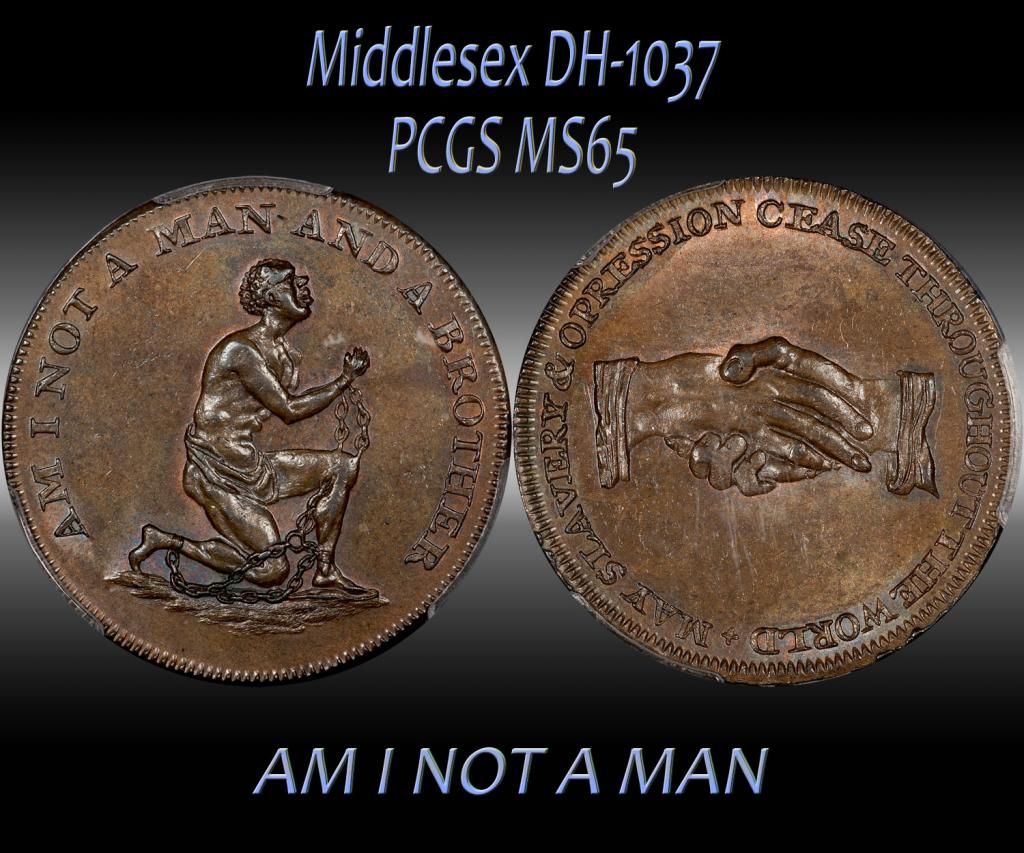
-
nice CT!

-
-
A farthing for the weekend - Meow.
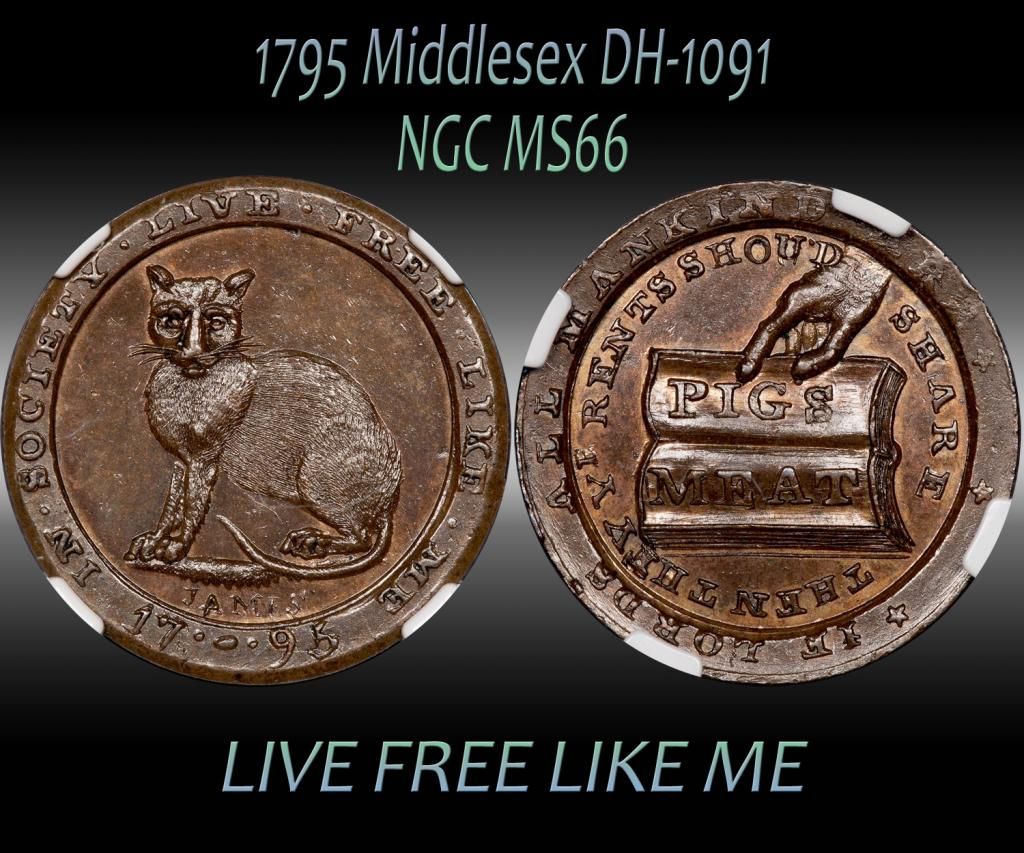
-
Folks, going through my Conder images, could not resist posting one more.

This one was won raw at a DNW auction then sent to NGC, you can see it has very interesting toning that makes it appear that the sun is setting behind the castle.
Best, HT

-
Folks, from time to time I like to throw in an interesting Conder to this copper luvers thread, and remind y'all about our Conder thread over in the World Coins forum.
Best, HT
But first, here is a nice indian I am pretty sure I have not shown here:
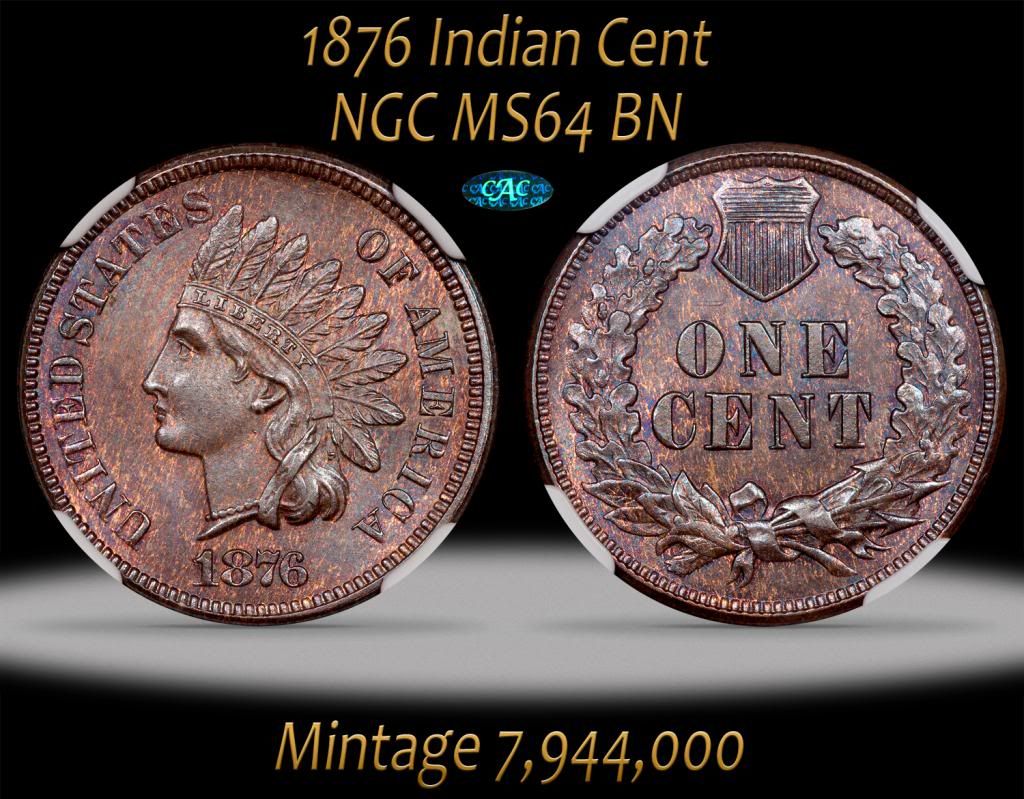
And here is a lovely Conderr
 :
: -
I'm pretty sure the next coin after jpcienkus's post should be a Morgan or any coin dated 1882.
Why is that? Seems to me that a coin with a date, type, or mintmark leaves open 3 possible directions (at least) to 'Follow the lead'. I chose the mintmark. Is there something wrong with that? Apparently the defined rules for this game are more restricted - silly me.

Best, HT
-
What? No takers? Okay then, another S-Minter...... 'tis one of my favorites, but JA says 'Not CAC', but hey what does he know anyway?
Best, HT

-
And here is another S-Mint coin:
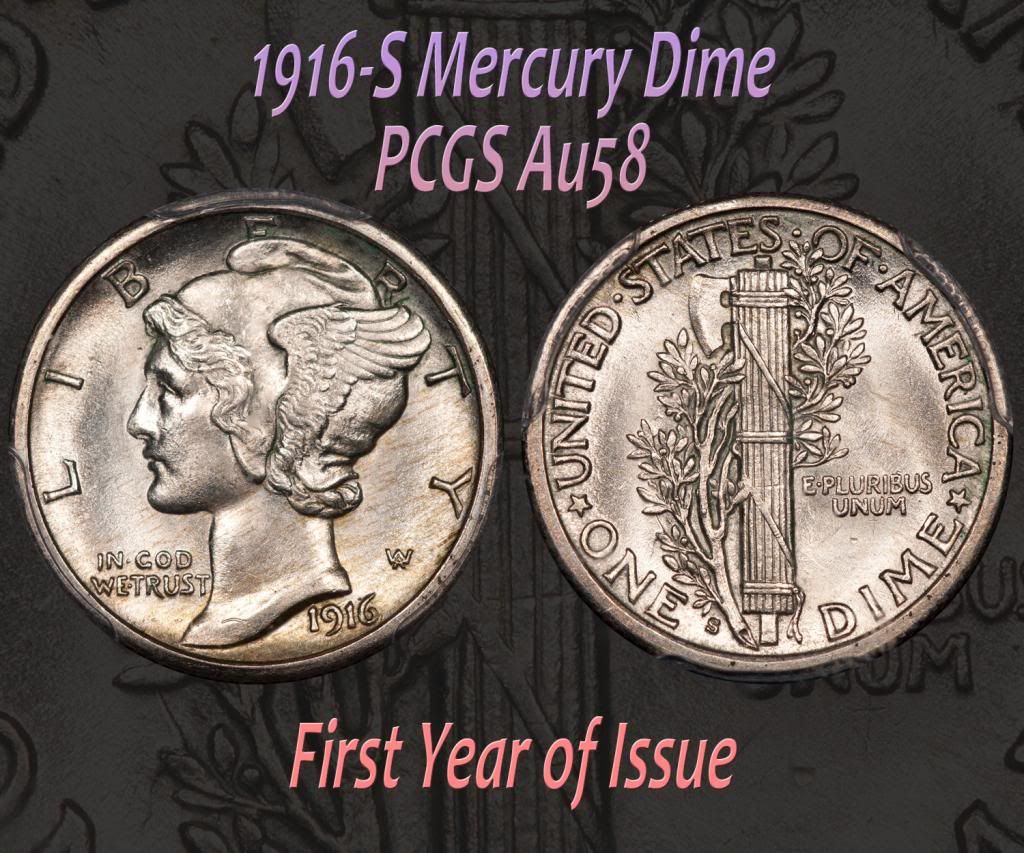
-
Here is one of my few S-Mint coins to follow the mint of the Morgan...

-
I am no indian expert but wasn't the cn notorious for incomplete strike?
Either way I am a fan of strong strikes and I like this one.
Thanks CT - yes the hard Ni alloy metal made for weak strikes and rapid die wear. This one is struck well despite being die state B where the die is cracked - see reverse bottom right side of the wreath, and there is a die break along the obverse rim at 7 O'Clock. That crack and the obverse die break are diagnostic for Snow 2's, which have an R5.
Best, HT
-
Here is a lovely copper nick (as opposed to Kaepernick who is a QB) indian cent with a repunched date.
Best, HT

-
Very nice Brandon!
Best, HT
-
-
1836 was obviously a very good year at the mint. All 3 of those are amazing!
Best, HT
-
thanks larry.......




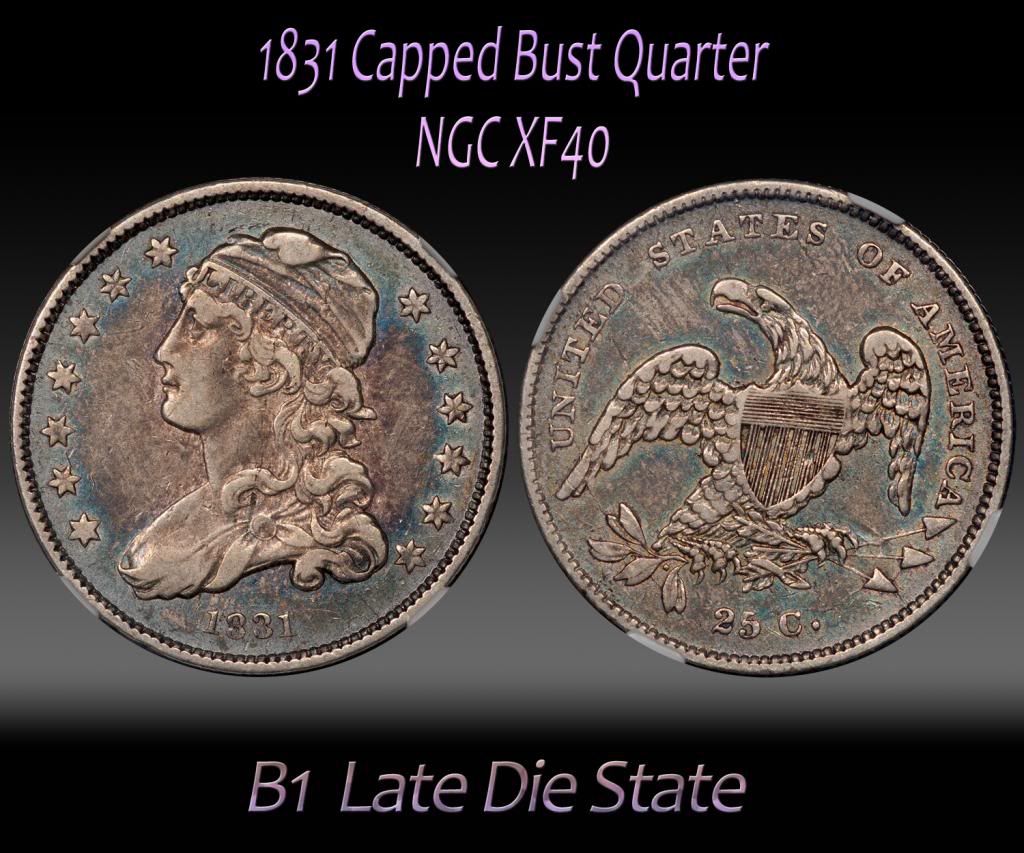
Conder Collectors - Post Your Images
in US, World, and Ancient Coins
Posted · Edited by Hard Times
ANA pickups from Chicago - did not want to break the set, obtained from Gary Groll. Both graded MS65RB.